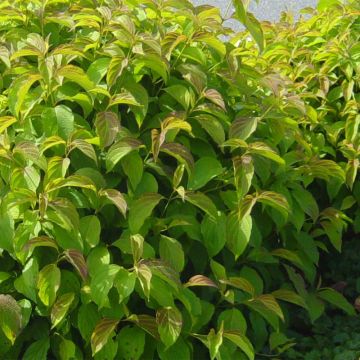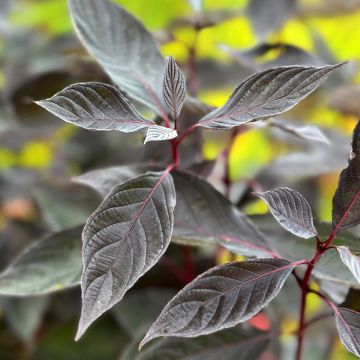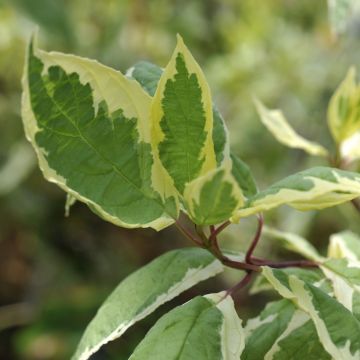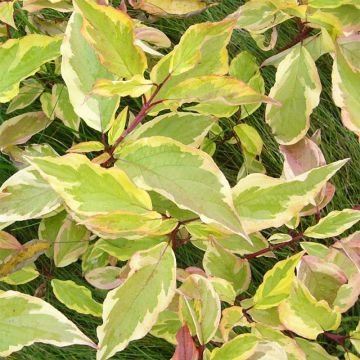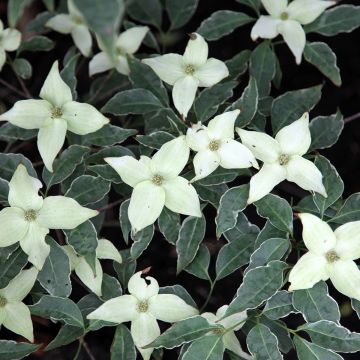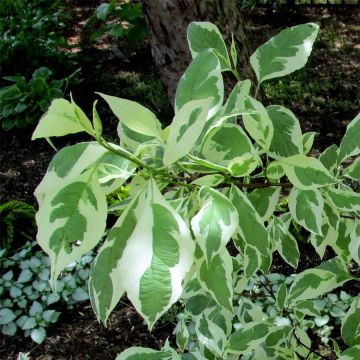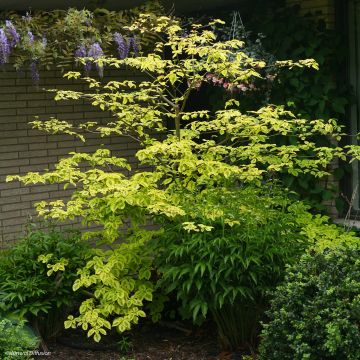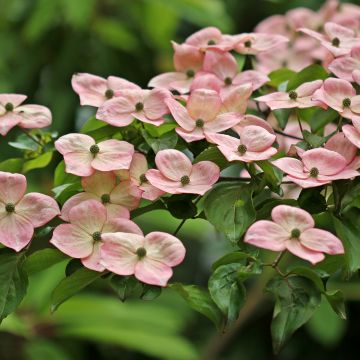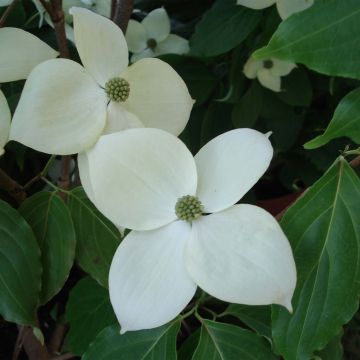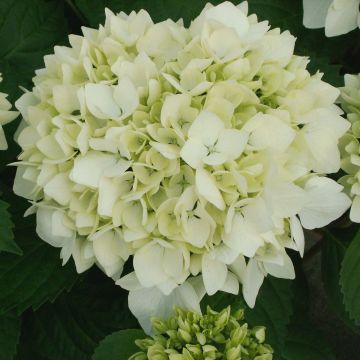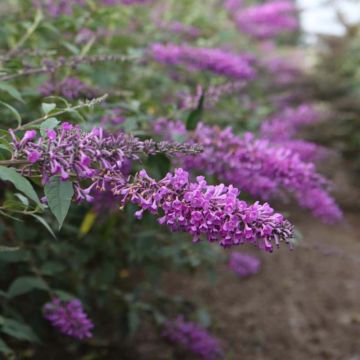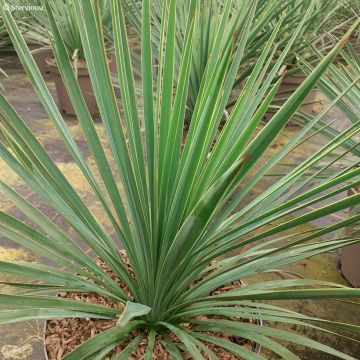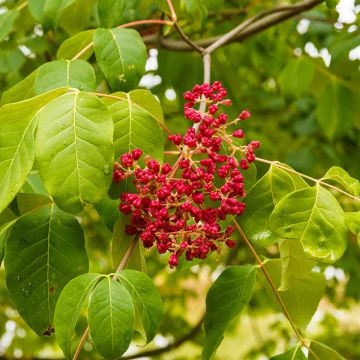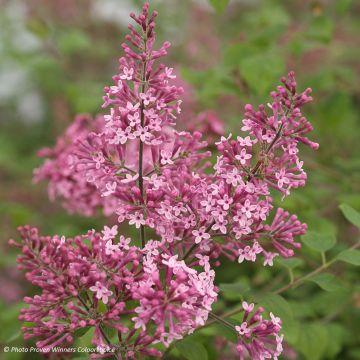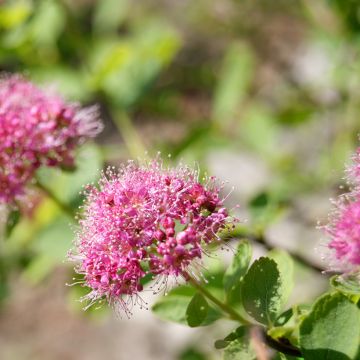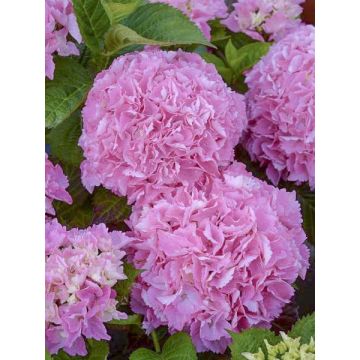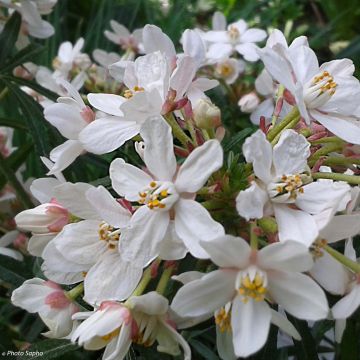

Cornus controversa Green Carpet - Giant Dogwood
Cornus controversa Green Carpet - Giant Dogwood
Cornus controversa Green Carpet
Giant Dogwood, Wedding Cake Tree
This item cannot be shipped to the selected country
Delivery charge from €5.90
More information
Schedule delivery date,
and select date in basket
This plant carries a 24 months recovery warranty
More information
We guarantee the quality of our plants for a full growing cycle, and will replace at our expense any plant that fails to recover under normal climatic and planting conditions.
From €5.90 for pickup delivery and €6.90 for home delivery
Express home delivery from €8.90.
Does this plant fit my garden?
Set up your Plantfit profile →
Description
The Cornus controversa Green Carpet is a dwarf and slow-growing Pagoda Dogwood, perfect for intimate gardens. Its low and wide silhouette with staggered branches is adorned with glossy, dark green foliage. It beautifully showcases the creamy-white spring flowering, followed by an abundant production of small decorative blue-black fruits. In autumn, its foliage takes on stunning reddish-purple colours before falling off, revealing its beautiful dark brown bark. Easy to grow in moist soil with little limestone, this shrub with an architectural habit deserves its place in the garden.
The Dogwood is part of the relatively unknown Cornaceae family, which, after several revisions of the botanical classification, now only includes the genera Cornus and Alangium. There are several dozen species of Dogwoods, most of which are shrubs, but some like Cornus nuttallii or Cornus kousa form small trees. This is also the case with Cornus controversa, native to China, Korea, and Japan, where it can reach a height of up to 12 metres. It has a straight trunk and vegetation in horizontal tiers, reminiscent of the distinctive architecture of Far Eastern pagodas, from which it gets its common name.
Green Carpet is a horticultural variety with much smaller growth than the species, making it easy to fit even in the smallest gardens. Growing slowly, it will eventually reach a height of 1.2 to 1.5 metres and a width of 1.50 to 2 metres. Keeping the tabular habit of the original botanical species, it grows in tiers of vegetation that give it this highly appreciated architectural aspect. The elliptical leaves, with pointed tips, are quite wide and measure about ten centimetres in length. They have a relatively dark green colour and a slightly glossy surface. This dark and dense foliage forms a superb backdrop for the flowering that occurs in June. Small creamy-white flowers, grouped in cymes of 8 to 10 centimetres in diameter, then develop above the foliage, creating a pleasant scene in the garden. They later evolve into small spherical fruits, first green, then turning blue-black from August onwards, giving the plant a new ornamental interest. Finally, in autumn, its vegetation turns reddish-purple, ending the season on a beautiful note.
This compact Pagoda Dogwood is perfect for small gardens or mixed plantings in flower beds. Its growth is a bit too slow to be planted as a standalone specimen, so it is best suited as a second row plant, behind low-growing plants such as perennials, like the Golden Bleeding Heart (Dicentra spectabilis Goldheart), which creates a contrast of shapes and colours with its delicate golden foliage and charming pink heart-shaped flowers. To extend the flowering period of your scene into summer, plant an Astilbe chinensis Vision in red in the foreground, with its beautifully cut bluish-green foliage and red flower plumes that will complement the white of your Dogwood so well. And to dress up the back of your flower bed, the Parrotia persica Persia Spire will be ideal with its foliage that changes colours throughout the season, ending in a fireworks display of warm colours in autumn, and its ornamental bark that pairs well with Green Carpet.
Report an error about the product description
Plant habit
Flowering
Foliage
Botanical data
Cornus
controversa
Green Carpet
Cornaceae
Giant Dogwood, Wedding Cake Tree
Cultivar or hybrid
Other Cornus
Planting and care
Easy to grow, this Cornus controversa Green Carpet requires little maintenance, pruning is unnecessary as it naturally takes on its particular habit. In fact, it is even to be avoided due to its already slow growth. It prefers a cool, humus-bearing soil, not too chalky, slightly acidic, and above all, not drying out. Plant it in a sunny or semi-shaded position. Dig a hole 50 cm in size and depth, and if your soil is slightly chalky, mix acid pH planting compost (based on peat) with the existing soil, as well as compost or leaf mould. The same advice applies to sandy soil, it is absolutely necessary to increase water retention in this case, choose a shaded exposure, on the edge of trees for example, to maintain good atmospheric humidity, and dig a larger planting hole to incorporate compost. If the soil is already neutral or acidic, a slight addition of compost and manure will be sufficient at planting. For maintenance, regularly apply fertiliser, as this Dogwood is a bit greedy, and also use pine bark as mulch to maintain acidity in alkaline soils. Very hardy, resistant to -20°C, it requires little maintenance.
Planting period
Intended location
Care
This item has not been reviewed yet - be the first to leave a review about it.
Summer-flowering shrubs
Haven't found what you were looking for?
Hardiness is the lowest winter temperature a plant can endure without suffering serious damage or even dying. However, hardiness is affected by location (a sheltered area, such as a patio), protection (winter cover) and soil type (hardiness is improved by well-drained soil).

Photo Sharing Terms & Conditions
In order to encourage gardeners to interact and share their experiences, Promesse de fleurs offers various media enabling content to be uploaded onto its Site - in particular via the ‘Photo sharing’ module.
The User agrees to refrain from:
- Posting any content that is illegal, prejudicial, insulting, racist, inciteful to hatred, revisionist, contrary to public decency, that infringes on privacy or on the privacy rights of third parties, in particular the publicity rights of persons and goods, intellectual property rights, or the right to privacy.
- Submitting content on behalf of a third party;
- Impersonate the identity of a third party and/or publish any personal information about a third party;
In general, the User undertakes to refrain from any unethical behaviour.
All Content (in particular text, comments, files, images, photos, videos, creative works, etc.), which may be subject to property or intellectual property rights, image or other private rights, shall remain the property of the User, subject to the limited rights granted by the terms of the licence granted by Promesse de fleurs as stated below. Users are at liberty to publish or not to publish such Content on the Site, notably via the ‘Photo Sharing’ facility, and accept that this Content shall be made public and freely accessible, notably on the Internet.
Users further acknowledge, undertake to have ,and guarantee that they hold all necessary rights and permissions to publish such material on the Site, in particular with regard to the legislation in force pertaining to any privacy, property, intellectual property, image, or contractual rights, or rights of any other nature. By publishing such Content on the Site, Users acknowledge accepting full liability as publishers of the Content within the meaning of the law, and grant Promesse de fleurs, free of charge, an inclusive, worldwide licence for the said Content for the entire duration of its publication, including all reproduction, representation, up/downloading, displaying, performing, transmission, and storage rights.
Users also grant permission for their name to be linked to the Content and accept that this link may not always be made available.
By engaging in posting material, Users consent to their Content becoming automatically accessible on the Internet, in particular on other sites and/or blogs and/or web pages of the Promesse de fleurs site, including in particular social pages and the Promesse de fleurs catalogue.
Users may secure the removal of entrusted content free of charge by issuing a simple request via our contact form.
The flowering period indicated on our website applies to countries and regions located in USDA zone 8 (France, the United Kingdom, Ireland, the Netherlands, etc.)
It will vary according to where you live:
- In zones 9 to 10 (Italy, Spain, Greece, etc.), flowering will occur about 2 to 4 weeks earlier.
- In zones 6 to 7 (Germany, Poland, Slovenia, and lower mountainous regions), flowering will be delayed by 2 to 3 weeks.
- In zone 5 (Central Europe, Scandinavia), blooming will be delayed by 3 to 5 weeks.
In temperate climates, pruning of spring-flowering shrubs (forsythia, spireas, etc.) should be done just after flowering.
Pruning of summer-flowering shrubs (Indian Lilac, Perovskia, etc.) can be done in winter or spring.
In cold regions as well as with frost-sensitive plants, avoid pruning too early when severe frosts may still occur.
The planting period indicated on our website applies to countries and regions located in USDA zone 8 (France, United Kingdom, Ireland, Netherlands).
It will vary according to where you live:
- In Mediterranean zones (Marseille, Madrid, Milan, etc.), autumn and winter are the best planting periods.
- In continental zones (Strasbourg, Munich, Vienna, etc.), delay planting by 2 to 3 weeks in spring and bring it forward by 2 to 4 weeks in autumn.
- In mountainous regions (the Alps, Pyrenees, Carpathians, etc.), it is best to plant in late spring (May-June) or late summer (August-September).
The harvesting period indicated on our website applies to countries and regions in USDA zone 8 (France, England, Ireland, the Netherlands).
In colder areas (Scandinavia, Poland, Austria...) fruit and vegetable harvests are likely to be delayed by 3-4 weeks.
In warmer areas (Italy, Spain, Greece, etc.), harvesting will probably take place earlier, depending on weather conditions.
The sowing periods indicated on our website apply to countries and regions within USDA Zone 8 (France, UK, Ireland, Netherlands).
In colder areas (Scandinavia, Poland, Austria...), delay any outdoor sowing by 3-4 weeks, or sow under glass.
In warmer climes (Italy, Spain, Greece, etc.), bring outdoor sowing forward by a few weeks.


































